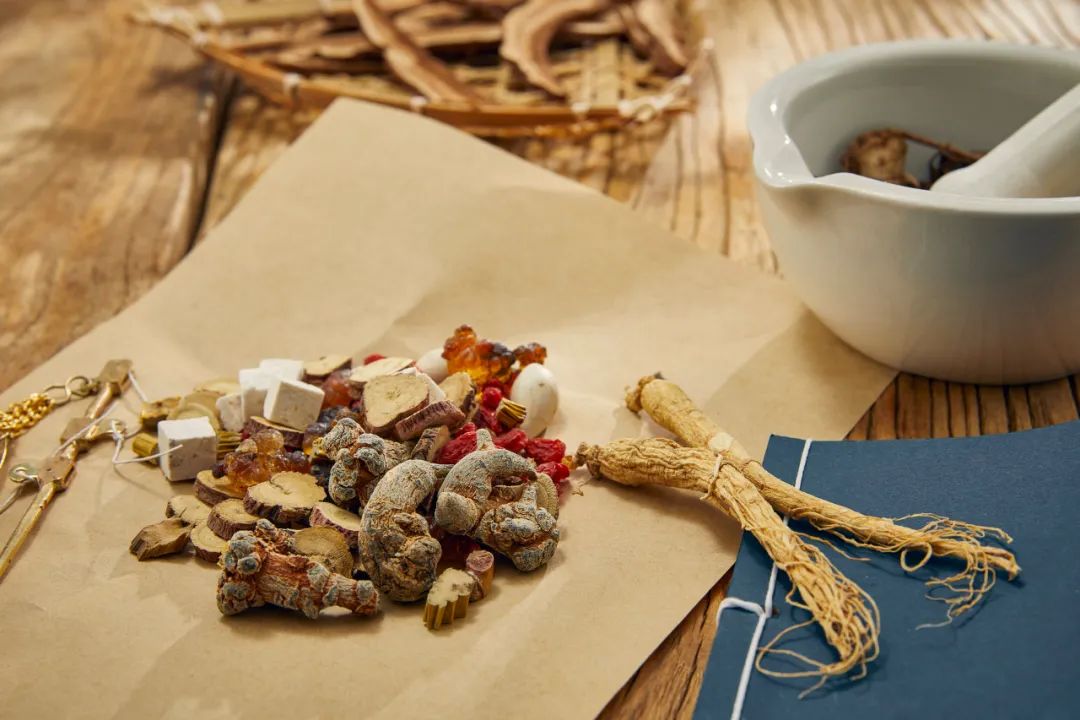

In modern society, “stasis” is an important pathogenic factor that cannot be ignored. With the deepening of clinical research, more and more diseases have been found to be related to it, ranging from facial pigmentation to tumors and strokes, all showing signs of “stasis.” Today, I will introduce several essential herbs in Traditional Chinese Medicine (TCM) that are highly valued for their ability to activate blood circulation and resolve stasis.



 San Qi (Notoginseng)
San Qi (Notoginseng)

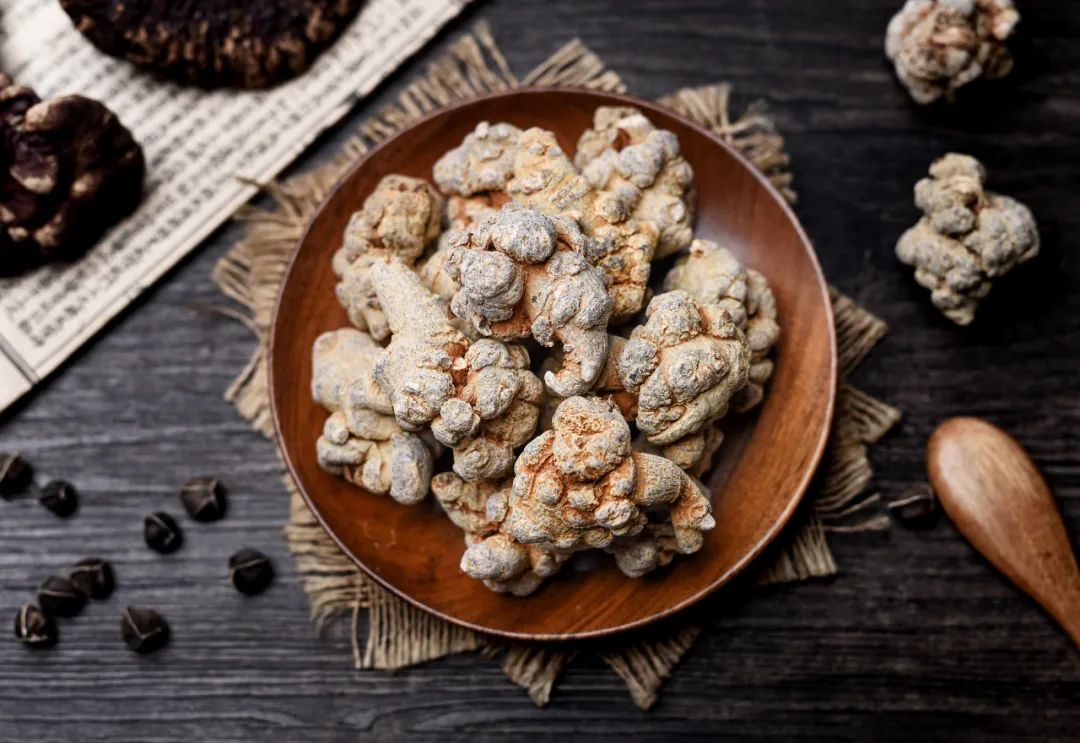
San Qi has a slightly bitter and sweet taste, and is neutral in nature (most sources describe it as warm, but when taken alone in small amounts, it does not feel warm).
It is effective in transforming blood stasis and stopping bleeding, making it a key herb for treating conditions such as hemoptysis and epistaxis. After recovery, it prevents blood stasis from lingering in the meridians, which can lead to deficiency and fatigue (any medication that forcefully stops bleeding often results in blood stasis in the meridians, causing blood stasis syndrome and deficiency).
It also treats blood in the stool, women’s uterine bleeding, and fresh red blood in dysentery (it is advisable to use it with Yadanzi). If not treated for a long time, it can lead to ulceration in the intestines, resulting in purple, foul-smelling dysentery mixed with fatty membranes, indicating severe intestinal decay (San Qi can transform decay and generate new tissue, hence its use).
Due to its ability to transform blood stasis, it is also effective in treating women’s masses and menstrual irregularities. It transforms blood stasis without harming new blood, making it a remarkable blood-regulating herb.
Externally, it is effective for treating traumatic injuries by applying its powder to wounds, which can immediately stop bleeding and relieve pain. For contusions and internal injuries causing pain, both external application and internal consumption yield rapid results.
For initial swelling and pain from sores, applying it can reduce swelling (it should be mixed with Da Huang (Rhubarb) powder in equal parts and applied with vinegar).
According to the “Bencao Beiyao,” a new type of herb has recently been discovered that resembles a thick-leaved chrysanthemum with pointed tips, with a stem having red ridges, flowering in summer and autumn, with flower filaments resembling golden threads, and a non-fragrant scent. Its root is small like burdock, with a sweet taste, and it propagates easily. This is San Qi, which is very effective for treating traumatic injuries, fractures, and blood diseases, and is not Liu Jinu (another herb).

 San Leng (Sparganium) and E Zhu (Curcuma Zedoaria)
San Leng (Sparganium) and E Zhu (Curcuma Zedoaria)


San Leng has a mild taste with a slight pungency; E Zhu has a slightly bitter taste and a faint fragrance, both are slightly warm in nature. They are essential herbs for transforming blood stasis. They are used to treat men’s scrotal masses, women’s masses, and menstrual irregularities.
Their ability to move qi also helps treat abdominal pain, flank distension, and all symptoms of blood stasis and qi stagnation.
When used with Ren Shen (Ginseng), Bai Zhu (Atractylodes), and Huang Qi (Astragalus), they can greatly enhance appetite, promote digestion, and harmonize blood.
When comparing the two herbs, San Leng is superior in transforming blood, while E Zhu excels in moving qi.
Each herb has its unique efficacy that cannot be discerned merely by taste. Although both San Leng and E Zhu are of similar mild nature, they can effectively dissolve stubborn blood stasis in women, while aggressive herbs cannot achieve this remarkable effect. This is the unique efficacy of San Leng and E Zhu. However, those who only focus on their ability to dissolve stasis may mistakenly regard them as aggressive herbs and hesitate to use them, potentially overlooking these excellent medicines.
For sudden abdominal and flank pain due to qi and blood stagnation, San Leng and E Zhu can be used alone without the need for tonifying herbs.
For long-standing and hardened blood stasis, it cannot be resolved with just a few doses; tonifying herbs must be added to ensure long-term use without adverse effects. For example, use 6 qian of Huang Qi, 3 qian each of San Leng and E Zhu, or reduce Huang Qi to 3 qian and add 3 qian of wild ginseng. Their tonifying and breaking powers can counterbalance each other, ensuring that qi and blood are not harmed, and the transformation of blood stasis is expedited. A strong qi and blood foundation allows the body to better harness the medicinal power to overcome illness.

 Ru Xiang (Frankincense) and Mo Yao (Myrrh)
Ru Xiang (Frankincense) and Mo Yao (Myrrh)

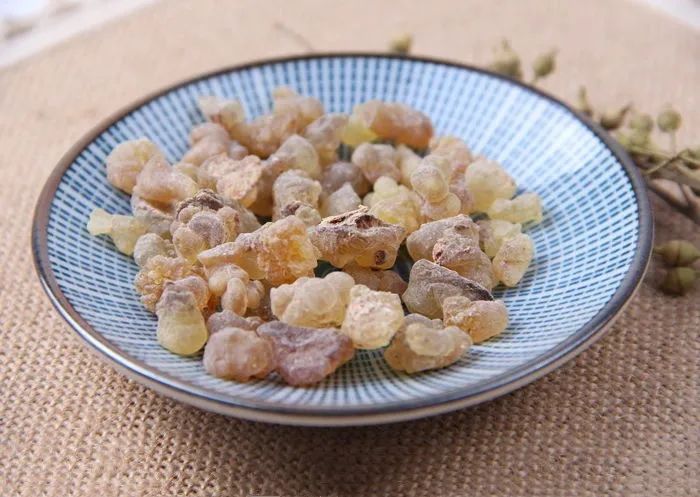
Ru Xiang has a fragrant aroma and a mild taste, making it effective in penetrating and regulating qi; Mo Yao has a faint aroma and a slightly spicy and sour taste, making it effective in transforming stasis and regulating blood.
Both are slightly warm in nature. When used together, they are essential for unblocking the organs and promoting circulation in the meridians. Therefore, they can treat pain in the heart, stomach, flanks, abdomen, limbs, and joints.
They are also effective for treating women’s menstrual pain, postpartum stasis pain, and irregular menstruation.
Their ability to promote qi and invigorate blood also helps treat wind-cold-damp bi syndrome, numbness throughout the body, and all types of sores and swellings, including those that are hard and painless.
For external use, they can be powdered and applied to sores, effectively detoxifying, reducing swelling, generating flesh, and relieving pain.
Although they are unblocking herbs, they do not deplete qi and blood, making them excellent medicines.
Note: Ru Xiang and Mo Yao are best used raw; if fried, their unblocking power is significantly reduced. When used in pills or powders, they should be coarsely ground and placed in a pot, steamed until half-melted, then cooled and ground into fine powder. This is the method for removing oil from Ru Xiang and Mo Yao.

 Shan Zha (Hawthorn)
Shan Zha (Hawthorn)


Shan Zha has a sour and slightly sweet taste, is neutral in nature, and has red skin and yellow flesh, making it an essential herb for entering the blood and transforming blood stasis.
It can eliminate masses and menstrual irregularities in women, as well as postpartum stasis pain (commonly known as pillow pain).
Due to its sour and slightly sweet taste, it can assist in the production of gastric acid, thus aiding in the digestion of food and is particularly effective for meat accumulation.
Its ability to transform blood stasis can also help eliminate intestinal stasis, treat dysentery with pus and blood, and enter the qi level to relieve qi stagnation and phlegm accumulation, alleviating abdominal pain.
“Ecology” refers to the organic connection between living organisms and their environment. Ecological ethics is the moral concept, basic norms, and ethical practices regarding the relationship between life and the ecological environment. Since the 20th century, with the widespread recognition of environmental crises, ecological awareness has emerged from professional circles to the public stage, tasked with influencing human environmental practices and maintaining global ecological balance, becoming a prominent subject worldwide. Daoism is not ecology, but its ecological ethical spirit is irreplaceable due to its unique characteristics; otherwise, it would not have declined and revived, continuing to influence deeply to this day. In ethical understanding, Daoism emphasizes the joy, tranquility, simplicity, and fulfillment of life, focusing on the harmony between self and nature, prioritizing humanity, with content that is simple yet profound, broad yet concise, possessing infinite interest; in ethical practice, Daoism is dedicated to cultivating the essence of the Dao, nurturing obscurity, and seeking a life of emotional, behavioral, natural, human, and cultural interactions, thus demonstrating a conscious dynamism in developing life vitality, unity with natural objects, and the holistic system of ethical understanding. In Daoist terms, it is said that “the way of nature cannot be violated” and “to follow the way of nature.” This nature refers to the essence of things, the nature of life, and the nature of society. Understanding the essence of things, life, and society, and seeking the style, attitude, and demeanor that life and nature should have is the goal and spiritual pillar of Daoist ethics.
The ecological ethical spirit of Daoism is reflected in its exquisite and profound content and the appeal it holds for the world, embedded in the vitality that allows it to endure and develop over time. Specifically, the ecological ethical spirit of Daoism is mainly manifested in six aspects:
1. The spirit of unity of all things. The highest object of worship in Daoism is the “Dao.” The purpose of Daoism is to achieve immortality and become an immortal. To achieve the Dao means to integrate with the great Dao through cultivation; thus, Daoism is the religion that emphasizes real life the most among many religions in China. It views all things in the world as one, believing that the existence of all things in nature has its rationality, and humans are part of the universe, should enjoy life, value life over death, and continuously elevate life. Humanity should also respect the existence and individuality of all things with a sense of equality. The early Daoist classic “Taiping Jing” states: “Heaven and earth are in harmony, sharing life with all things,” believing that the ideal peaceful world is one where humans and all levels of natural things coexist harmoniously and prosper together. In the thoughts of Daoist thinker Ge Hong, the awareness of equality in the unity of all things is also very clear and rich; he believes that through cultivation, humans can achieve the ideal of “longevity” and “immortalization of the physical body,” which is the realm of unity with nature or the unity of all things. Daoism also has the thought of “the unity of life and the Dao, valuing humanity and cherishing life.” Laozi pointed out that the Dao is the origin of the universe, the Dao gives birth to one, one gives birth to two, two gives birth to three, and three gives birth to all things. Zhuangzi said: “Heaven and earth are born with me, and all things are one with me.” This indicates that Daoism emphasizes understanding and grasping human will from the height of the universe. The ecological ethical spirit of the unity of all things tells people to live in harmony with nature and create a society of harmonious coexistence and ecological civilization.
2. The spirit of giving birth without possession. Related to the spirit of unity of all things, Daoism believes that the highest realm and standard of life is the morality of producing all things without possessing them. Daoism holds that the highest realm of physical cultivation and spiritual perfection is the “Dao.” How is the Dao produced? Ge Hong proposed: “The Dao arises from one, its value is without equal, each resides in its place, symbolizing heaven, earth, and humanity, hence it is called the unity of three.” Heaven obtains one to be clear, earth obtains one to be peaceful, humanity obtains one to be alive, and spirit obtains one to be spiritual. Furthermore, he believes this is an elaboration of Laozi’s wisdom of the great Dao. Laozi once pointed out, “Man follows the earth, the earth follows heaven, heaven follows the Dao, and the Dao follows nature,” and the essence of nature is: “The Dao is revered, virtue is precious, and nothing commands it but remains natural. Therefore, the Dao gives birth to it, virtue nurtures it, grows it, protects it, and covers it, giving birth without possession, acting without reliance, and nurturing without controlling; this is called profound virtue.” Thus, only “the Dao follows nature” aligns with moral thought. Noble morality lies in proliferating all things without claiming them for oneself, assisting all things without boasting of one’s contributions, and guiding all things without dominating them. The Tang dynasty Daoist scholar and physician Sun Simiao is a practitioner of this spirit; his medical theory is based on the unity of heaven and humanity, and the idea of giving birth without possession, stating: “Heaven has four seasons and five elements, humanity has four limbs and five organs, yang uses its form, and yin uses its essence; this is what heaven and humanity share.” A good doctor guides with medicine and stones, saves with needles and medicines, and a sage harmonizes with supreme virtue, assisting with human affairs; thus, the body has curable diseases, and heaven and earth have disasters that can be eliminated. Sun Simiao himself “studied extensively, discussing the true one,” not only excelling in medical skills but also possessing high moral character. This spirit of giving birth without possession in Daoism has considerable practicality and universal significance, proposing the concept of sustainable balanced development of worldly matters, revealing that humanity must follow nature and emulate natural laws, knowing what to do and what not to do, to achieve results; if one forcibly takes, it will backfire, disrupt harmony, and fail to reach a high realm.
3. The spirit of shaping all things. Before Daoism, the “Zhou Yi Chuan” stated: “The great person aligns their virtue with heaven and earth, their brightness with the sun and moon, and their order with the four seasons.” Here it points out that the heavenly way and the earthly way are opposing yet coordinated, and this coordination is mediated by humanity. Laozi elevates humanity to an important position: “Thus, the Dao is great, heaven is great, earth is great, and humanity is also great. Among the four greats, humanity occupies one.” Since “humanity is also great,” people are not merely dependent on nature, subject to it, but should master the laws of nature. Because humanity relies on nature for survival, they must engage in material exchanges with nature. Daoism further proposes that people should think thrice before acting, assess the situation, seek immortality and the Dao without forcing actions; if one acts against the Dao and “acts recklessly,” it will inevitably harm one’s nature and even endanger humanity itself. Daoist practitioners believe that humanity and all things in the universe are mutually responsive, and the basis of this response is that both humanity and all things possess spirituality, and there is communication between humans and things. The universe evolves continuously, and life is endless; as a member of the cosmic community, humanity should aim to promote greater harmony and perfection in the universe, rather than engage in destructive behaviors that stifle the vitality of the universe. Therefore, Daoism not only provides a belief system for people to establish their lives or focus on the improvement and adherence to doctrines and regulations, seeking solemnity and sincerity in rituals and prayers, but also concretizes beliefs or doctrines into various Daoist practices and techniques, forming an operational system that guides believers to practice. It can be said that Daoism is a religion that emphasizes the Dao, techniques, and actions, valuing both the elevation of the Dao and actively promoting practices and cultivation techniques. A true Daoist comprehensively grasps the essence of Daoism, not only understanding its fundamental purpose or possessing sincere faith but also undergoing training in Daoist techniques, diligently accumulating Daoist achievements, progressing without bounds, and continuously deepening and purifying their faith. This emphasizes the proactive agency of human activities and the adaptability of humanity to nature. As intermediaries and coordinators between heaven and earth, humanity must both follow nature and regulate natural changes, guiding them to shape all things.
4. The spirit of unity in diversity. The spirit of unity in diversity in Daoism is inherited from the spirit of “harmony and unity” in traditional ethics. The Daoist “Taiping Jing” states: “Harmony is the master of all things,” believing that all levels of things in the natural world and human society contain three basic elements: yin, yang, and harmony, which together constitute one entity, hence the name of three names in unison. “The original qi has three names: the sun, the moon, and harmony. The body has three names: heaven, earth, and humanity. Heaven has three names: sun, moon, and stars, with the North Pole as the center. The earth has three names: mountains, rivers, and flat land. Humanity has three names: father, mother, and child. Governance has three names: ruler, minister, and people.” The three names in unison represent the ideal peaceful world. The way of yin and yang reflects heavenly will, so humanity must follow the principles of yin and yang, maintaining harmony between people and between humanity and nature from all aspects, to eliminate disasters and achieve world peace. To achieve this goal, Daoism has developed the thought of harmony and unity in its belief system, alchemical techniques, and ritual norms. The ecological wisdom of unity in diversity helps people recognize the significance of the diversity of existence in the world. Protecting the diversity of things can lead to sustainable development.
5. The spirit of cyclical regeneration. In terms of how to effectively utilize nature, traditional Chinese people have established the goals of “greatness” and “longevity,” believing that to achieve these goals, one must possess upright virtue, emulate heaven and earth, and use systems to restrain humanity’s insatiable desires, preventing harm to nature and humanity. The “Zhou Yi” points out two paths: the first is “the second line is auspicious, as it is in the middle.” The second is “the middle is correct and connects. Heaven and earth are regulated, and the four seasons are formed; regulation restrains the world, without harming wealth or harming the people.” Daoism has also developed similar thoughts, emphasizing that the recognition of life and the conditions for its existence is the wisdom and virtue of sages, and the ideal living world for humanity is a beautiful society where humanity and nature are one, believing that in such a society, life can circulate continuously, flowing without interruption, and living endlessly. Early Daoism believed that those who achieved immortality in ancient times either grew wings and flew, standing out from ordinary people, or transformed into different forms, such as a sparrow transforming into a clam. Later Daoism absorbed more daily thoughts on humanity, viewing life as a cycle of regeneration, and regarding “aging without decline, longevity, and freedom of movement” as the path of immortality. Daoist scholar Tan Qiao of the Five Dynasties viewed the universe, life, and society through the lens of “transformation,” proposing: “The spirit transforms into qi, qi transforms into form, form transforms into essence, essence transforms into perception, and perception transforms into yielding and yielding…” The prosperity of life and society is in a process of change and unity. Daoism advocates for the moderation of desires in the utilization of resources, maintaining the vitality and development of all things, which aligns with traditional Chinese thoughts on seasonal forest harvesting, prohibiting logging before summer, prohibiting the capture of young animals and birds, and not overfishing or burning forests. Humanity must engage in material exchanges with biological resources. Engaging in material exchanges is not about forcible possession, but about adapting and adjusting to nature.
6. The spirit of interconnectedness of all things. Daoist thought has always viewed nature as a super-large system full of life, where all things are organically connected, and the universe operates at the intersection of time and space coordinates. From the beginning of Laozi and Zhuangzi, the mysteries of nature have been explored to reveal the inherent relationships within the natural world. Laozi said: “The great Dao is vast and can be left or right. All things are sustained by it without complaint, and achievements are made without claiming them. It nourishes all things without being the master, always without desire, which can be named as small. All things return to it without being the master, which can be named as great. Because it never seeks to be great, it can achieve greatness.” This means that the great Dao nourishes all things like a vast river, without selfishness or bias, like a great mother caring for all life, and all life depends on the Dao for sustenance. Treating the natural world kindly is fundamentally because “humanity and heaven are one.” Therefore, it is necessary to protect the ecological environment. Zhuangzi said: “All things are seeds, differing in form and appearance, beginning and ending like a ring, with no distinction between beginning and end; this is called heavenly equality. Heavenly equality is the heavenly principle.” This means that all things come from specific species, but there are also connections and transformations between different material species, like a ring, with no distinction between beginning and end. This natural connectivity can be called “heavenly equality.” Daoism believes that the Dao is the origin of the world, the total source of all life, and the total driving force behind the generation of all things. Tang dynasty Daoist Wu Jun said: “The Dao is the way of life, and the Dao is inherently nameless. The virtue that nurtures and forms is also nameless. When discussing it, heaven, earth, humanity, spirits, immortals, and ghosts cannot exist without the Dao, nor can they be formed without virtue. The living do not know their beginning, and the formed do not know their end. Exploring the mysteries, one cannot glimpse its origin, entering the end of existence and exiting the beginning of non-existence, cannot fathom its essence, is called nature. Nature is the constant of virtue and the framework of heaven and earth.” Here, based on the inherent principles of the material world, the significance of moral essence to the material world is reasoned, which contains ecological ethical wisdom of mutual sustenance and orderly existence. The great Dao is the origin of the universe and the starting point for observing heaven and earth; from the perspective of the great Dao, heaven and earth are one, all things are together, and there is no distinction between self and other; although heaven and earth have different forms and human affairs have their own principles, fundamentally, each follows its nature, each fulfills its essence, and each is natural and at peace. This is the unity within diversity and the non-difference within difference. Understanding the unity within diversity and the non-difference within difference leads to understanding the great Dao and integrating into the great Dao.
In summary, the aforementioned aspects, when implemented in reality to maintain biological species and beautify the living environment, can contribute to maintaining ecological balance and achieving sustainable development. This means that the ecological ethics of Daoism must and can undergo modern transformation. The opportunity for transformation lies in the cultivation of a modern personality with noble spiritual realms. Because, according to Daoist views, the lofty realm achieved through cultivation is not mysterious or unreachable; the highest immortals are manifestations of human creation and cultivation in the world. Chinese religious history expert Mu Zhongjian summarized the characteristics of Daoist immortal personalities as follows: 1. Deep and vigorous vitality, thus able to live healthily and long; 2. High spiritual realm, transcending the “small self” to achieve the “great self,” thus the spirit can be immortal; 3. Extraordinary wisdom, possessing high insight and foresight, yet great wisdom appears foolish, blending with the dust; 4. Beneficial without harm, acting without contention, and achieving merit in the world; 5. Carefree and relaxed, open-minded and composed, adept at resolving troubles, always maintaining a joyful heart. Achieving these aspects can be called a living immortal. The so-called immortal realm, besides being happy and joyful, is also a beautiful and pleasant environment. Blue skies and white clouds, green mountains and clear waters, birds singing and flowers fragrant, with people living peacefully and happily together, is a beautiful life akin to a paradise on earth. We believe that as long as people work hard to build and infuse the Daoist ethical spirit of unity of all things, giving birth without possession, shaping all things, unity in diversity, cyclical regeneration, and interconnectedness into the cultivation of modern personality, we can bring forth a paradise on earth.
If combined with sweet herbs (such as Gan Cao (Licorice), sugar, etc., which harmonize sour and sweet, having the meaning of transforming stasis into earth), it transforms blood stasis without harming new blood, opens stagnant qi without harming upright qi, and is particularly gentle in nature.
For women whose menstrual cycle is delayed, using a small amount of Shan Zha to brew a decoction, combined with 7-8 qian of red cane sugar, will help them menstruate; this method has been repeatedly tested with success. If menstruation is delayed for several months, taking it several times will also help.
For initial dysentery, using one liang of Shan Zha, 5 qian each of red and white cane sugar, and half a qian of good Mao Jian tea leaves, brew the Shan Zha into a decoction, mix with sugar and tea leaves in a covered bowl, steep for a while, and drink to recover.
According to the “Bencao Gangmu,” there are two prescriptions for “Shan Zha”: one for treating intestinal wind and blood in the stool, if using cool herbs, hot herbs, or spleen tonics are ineffective, use dried Shan Zha powdered and decocted with Ai Ye (Mugwort) to take, and it will work immediately; the other for treating severe black and dangerous smallpox, use powdered Shan Zha mixed with Zicao (Lithospermum) decocted in wine to take one qian.
Note: Both of these prescriptions have proven effective, hence they are included.
Author: Zhang Xichun, Enjoy Reading TCM





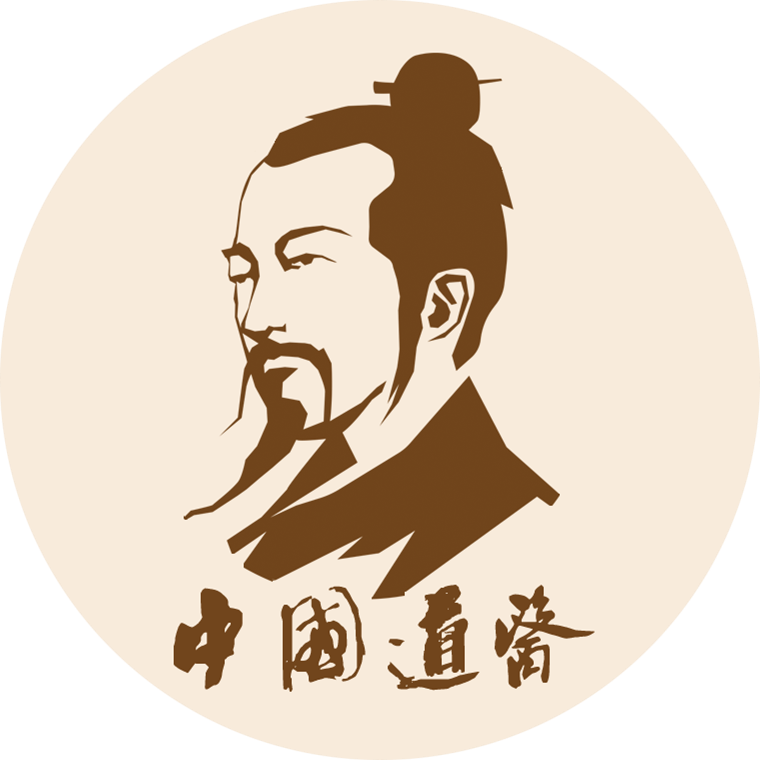
Daoist Medical Video Account
⊙ The content of this article is for clinical reference only; non-TCM professionals should not attempt to use these herbs.
⊙ Some images and texts are sourced from the internet; if there is any infringement, please contact us for removal.
⊙ For Daoist medical consultations, add WeChat ID: daoxuea
⊙ For submissions and collaborations: [email protected] (original submissions are welcome)
Selected Articles
❶ The connection between the five organs and the seven orifices, and their relationship with human health!
❷ It is mixed with white wine, specifically treating neck, shoulder, waist, and leg pain!
❸ Cold, high blood pressure, urticaria, arm pain, this acupoint on the hand has great effects when used skillfully!
❹ The five types of Chinese herbs that harm the liver, which you still consume frequently! Every person taking Chinese medicine should pay attention!
❺ A handful of goji berries can eliminate presbyopia; everyone eats them, but few know the best way to use them!
❻ For spleen deficiency, massaging one acupoint is more effective than eating coix and yam porridge!
❼ Insufficient qi and blood lead to a hundred diseases! Five tips to eliminate insufficient qi and blood, making your blood “move”!
❽ Insufficient qi and blood lead to a hundred diseases! Five tips to eliminate insufficient qi and blood, making your blood “move”!
❾ Three “warming acupoints” can effectively warm the meridians and invigorate blood circulation, keeping you warm!
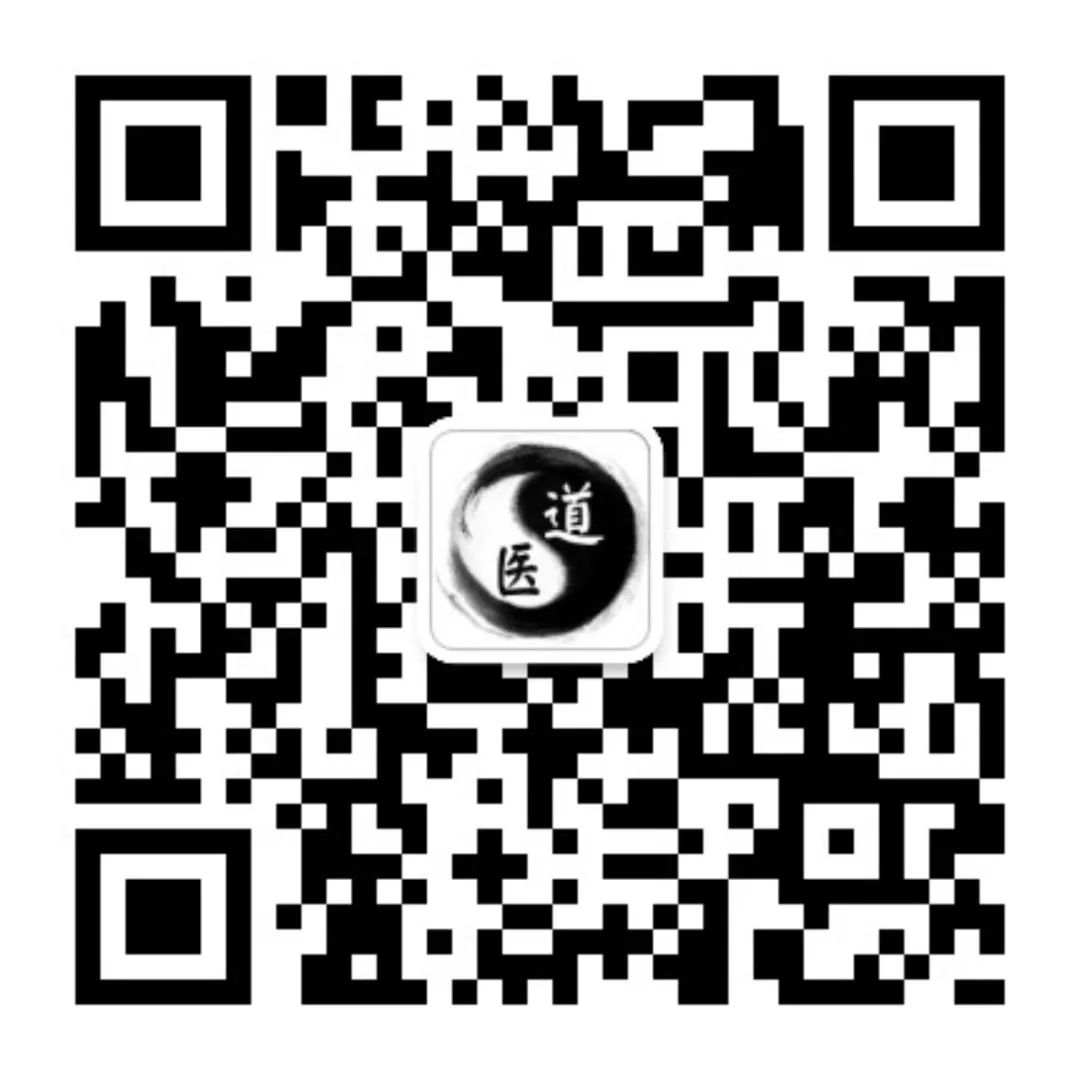
 Scan to Follow Daoist Medicine
Scan to Follow Daoist Medicine
Here, there are no chicken soup recipes, folk remedies, rumors, or advertisements, only reliable Daoist health and wellness knowledge.


